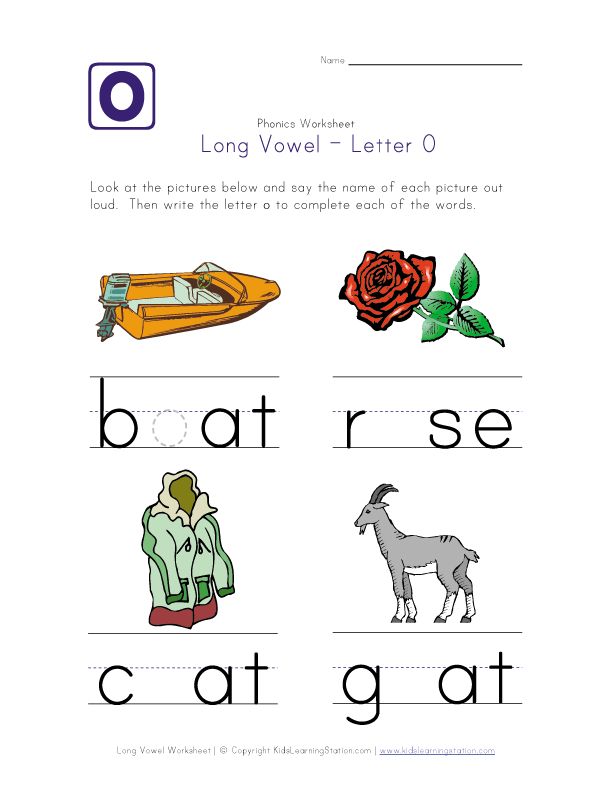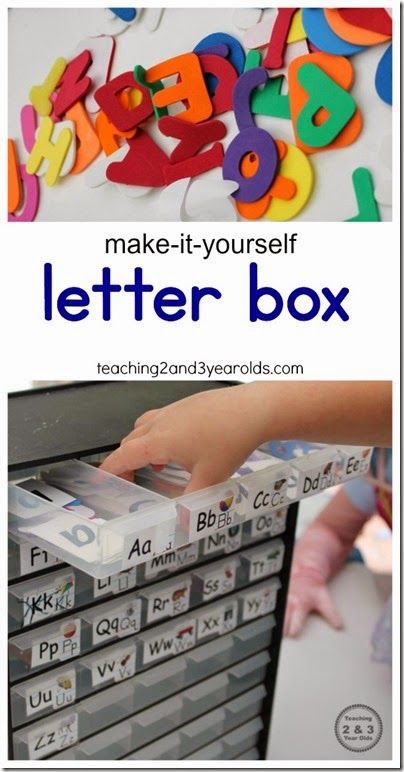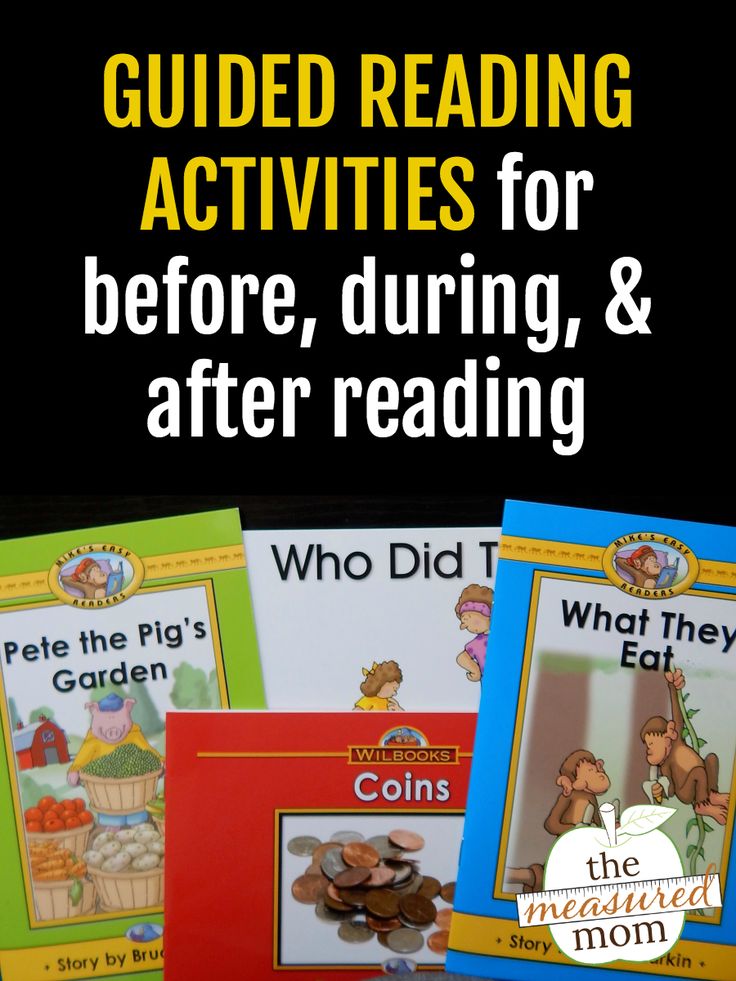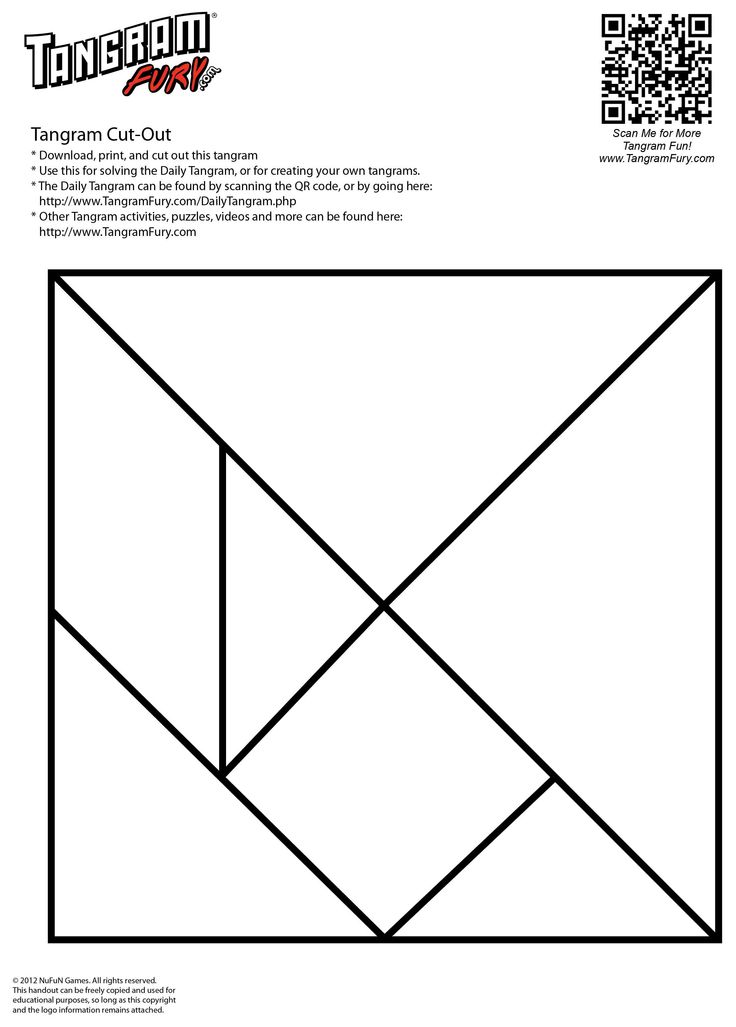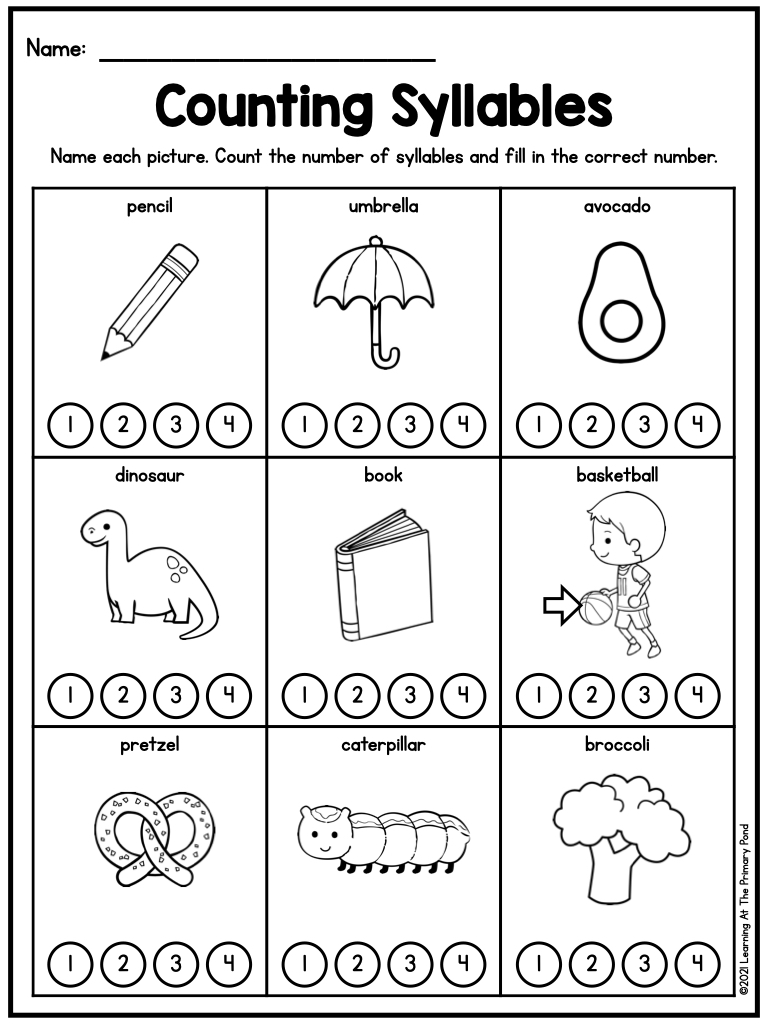O vowel sounds
Short and Long O Vowel Sound Words List for Kids
Each vowel is pronounced in a unique way which gives rise to different types of sounds we hear while pronouncing a word. Today we’ll discuss about vowel ‘o’ and different sounds it produces when it is used in a word.
The following phonics extensive list introduces students to the more than 50 plus “short o” and “long o” sound words.
Short O Vowel Sound WordsFollowing is a list of phonics words with short o vowel sound:
| bog | bop | con | cod | cog | cot |
| cop | don | dog | dot | fog | god |
| got | hog | hot | jog | jot | lob |
| log | lot | lop | mob | mom | mop |
| nod | not | odd | pod | pop | pot |
| rod | rot | sod | Tom | tot | top |
While pronouncing the words given in table you must have observed that we don’t have to stress on the vowel ‘o’.
Now let’s have a look at long ‘o’ vowel words where you would have to stress the vowel ‘o’ so that it sounds distinct from the rest of the letters.
Long O Vowel Sound WordsFollowing is a list of phonics words with long o vowel sound:
| Oval | Total | Yoga | Hotel | Rose | Quote |
| Robe | Globe | Probe | Lobe | Adobe | Row |
| Coat | Note | Wrote | Boat | Goat | Float |
| Hope | Mope | Pope | Cope | Scope | Elope |
| Coal | Soap | Toast | Poach | Wardrobe | Envelope |
| Snow | Toe | Hollo | Doe | Swallow | Roe |
| Dough | Window | Though | Elbow | Although | Meadow |
Because we have to stress long for vowel ‘o’ that is why they are called Long ‘o’ vowel words.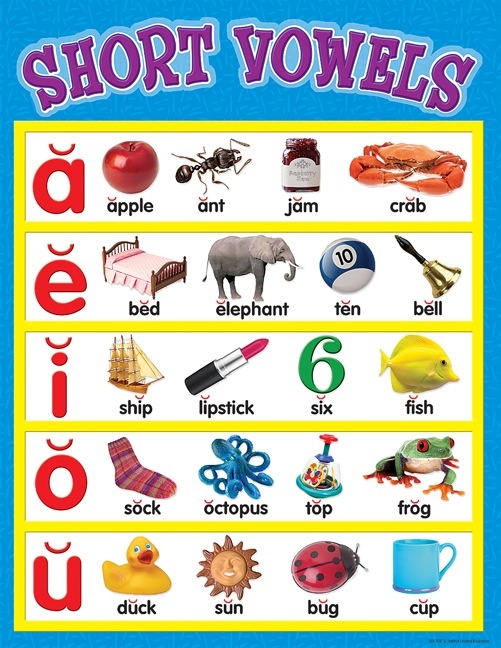
Let’s have a look at six ways of spelling the long /o/ sound with example words.
- Using Letter O: In these words the long /o/ sound is spelled with just the letter o.
| Oval | Total | Yoga | Hotel |
| No | Ago | Gecko | Program |
2. O_E Words: These words use split digraph O_E to spell long /o/ sound with an o in the middle of the word and an e at the end of the word. For Example:
| Cope | Hope | Rose | Quote |
| Quote | Close | Impose | Expose |
3. OA Words: These words use letters oa to spell the long /o/ sound.
| Coach | Bloat | Toast | Croak |
| Groan | Soap | Bloat | Poach |
4. OW Words: These words spell the long /o/ sound with the letters ow which usually appears at the end of the word.
OW Words: These words spell the long /o/ sound with the letters ow which usually appears at the end of the word.
| Crow | Elbow | Sorrow | Hollow |
| Window | Swallow | Tomorrow | Snow |
5.OE Words: There words use letters oe at the end of the word to spell the long /o/ sound.
| Toe | Doe | Woe | Aloe |
6. OUGH Words: There words use letters ough to spell many sounds including the long /o/ sound/. Such as – dough, though, although.
We hope you have found this post useful for your child. Keep exploring EnglishBix to find more resources related to Elementary Grades.
Quick Links
How To Teach The Long O Sound
Sharing is caring!
- Share
- Tweet
Long O can be a tricky sound to teach because there are a few different ways to spell it.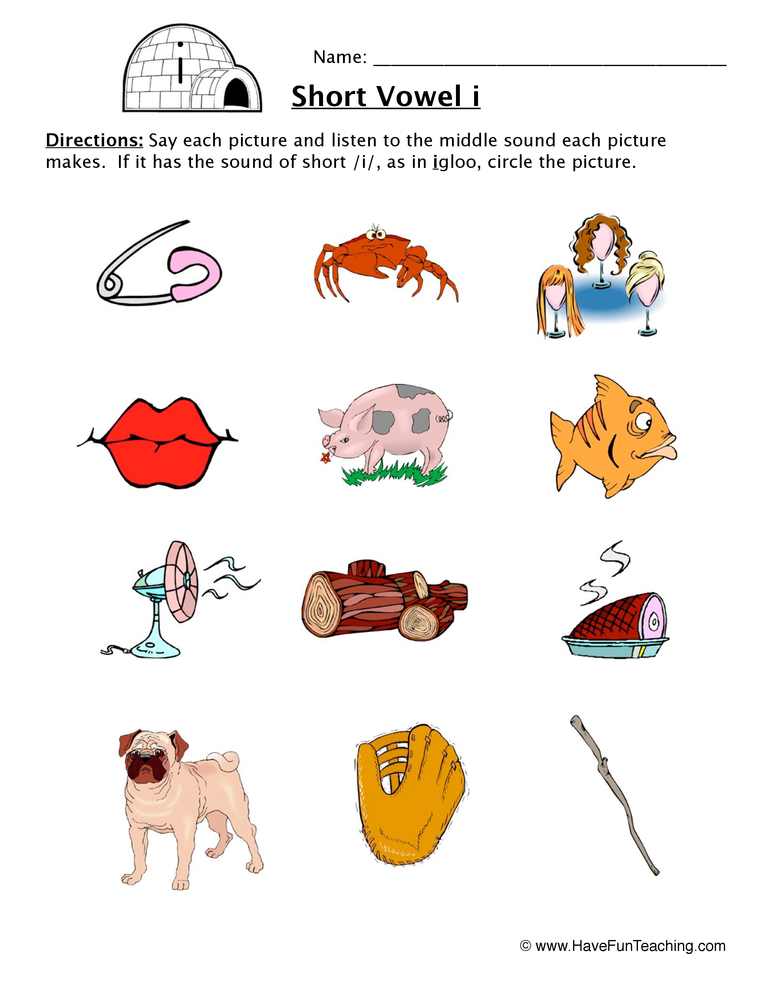 But I’m breaking down how you can easily teach this sound and all its spelling patterns.
But I’m breaking down how you can easily teach this sound and all its spelling patterns.
Plus, I got you covered with my free Long O Words List. You can download the list pictured by signing up below. If you don’t see the signup form, click here.
Five Ways To Spell Long O
The long o sound can be represented by 5 different spelling patterns:
- o – go
- o_e – phone
- oe – toe
- oa – boat
- ow – snow
Spelling Generalizations For Long O
O_E spelling pattern
The o silent e spelling pattern is the most common way to spell the long o sound so I would start here. Of course, students should be confident with the magic e syllable. These words are one syllable. Some examples of long o words with silent e are phone and joke.
Just O
In open syllables, the long o sound is represented by just the letter o by itself. They can be one syllable words but more often they are 2 syllables or more.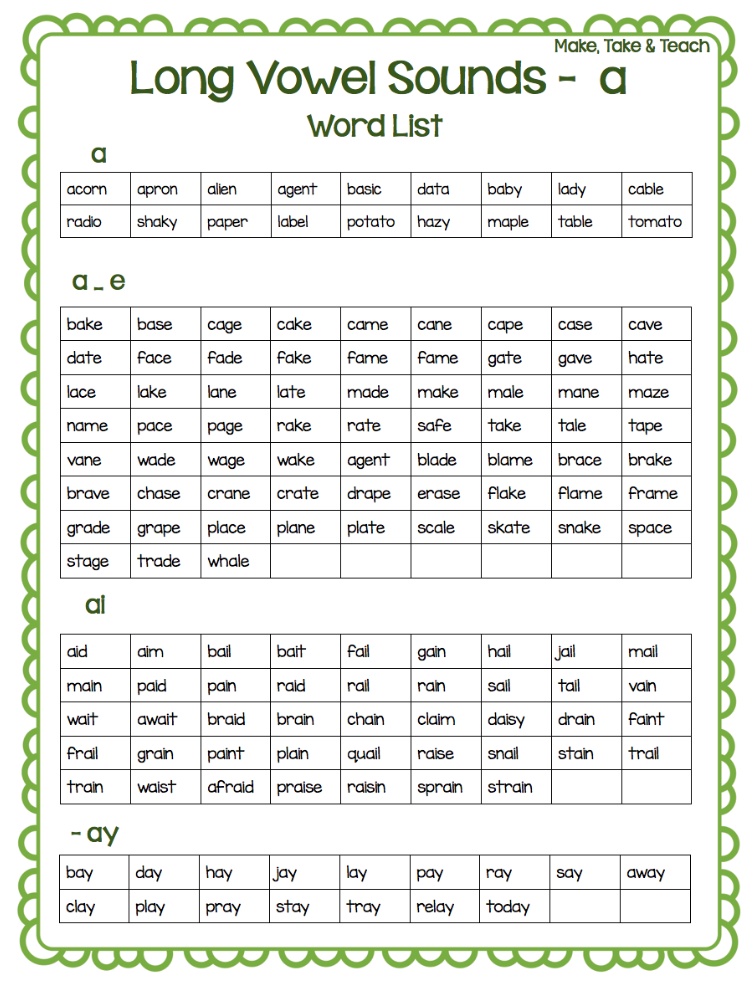 Examples include go, total, and tomato. It often appears at the end of both short and long words.
Examples include go, total, and tomato. It often appears at the end of both short and long words.
Students must understand open and closed syllables to be able to apply this.
OA Vowel Team
The oa spelling of long o usually appears at the beginning or middle of a one syllable word. Examples include: oat, boat, and toast.
OW Vowel Team
The ow spelling of long o usually appears at the end of a one or less commonly two syllable word. Examples include: snow, tow, and window.
An exception to this is when the irregular past tense is formed with an n such as: grown and blown. The original word does follow the rule, we simply add the n to make it past tense.
OE Vowel Team
The oe spelling of long o usually appears at the end of a word. Examples include: foe and toe.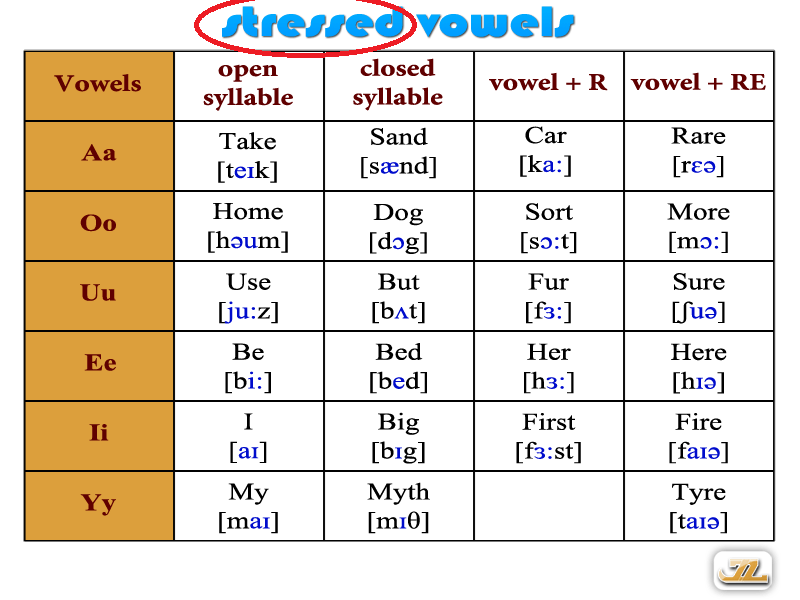 This is the least common and can appear in compound words in the base word. I would teach these in a group since there are so few words and remind students that these are rare and are short one syllable words.
This is the least common and can appear in compound words in the base word. I would teach these in a group since there are so few words and remind students that these are rare and are short one syllable words.
Tips For Teaching The Long O Sound
When you start teaching long o, you really have to focus on spelling generalizations, homophones, and homographs. Teach one spelling pattern at a time, and once one is mastered you can add in another. It’s much easier to learn how to read these than to learn how to spell. Since they all sound the same and can appear in the same place, choosing the right spelling pattern can be tricky.
Teach the process for deciding on the spelling pattern.
Once students are familiar with all the options for spelling long o and they know open syllables and the silent e syllable, you can teach them the process for determining the spelling pattern a word has.
When students come across a word with long o and they need to figure out which spelling pattern to choose, here are the questions they can ask:
- Is there more than one syllable?
- Is there a base word?
- Where is the long o sound in the word?
- Could this be one of those rare oe words?
Break the word into its syllables, and go through the questions.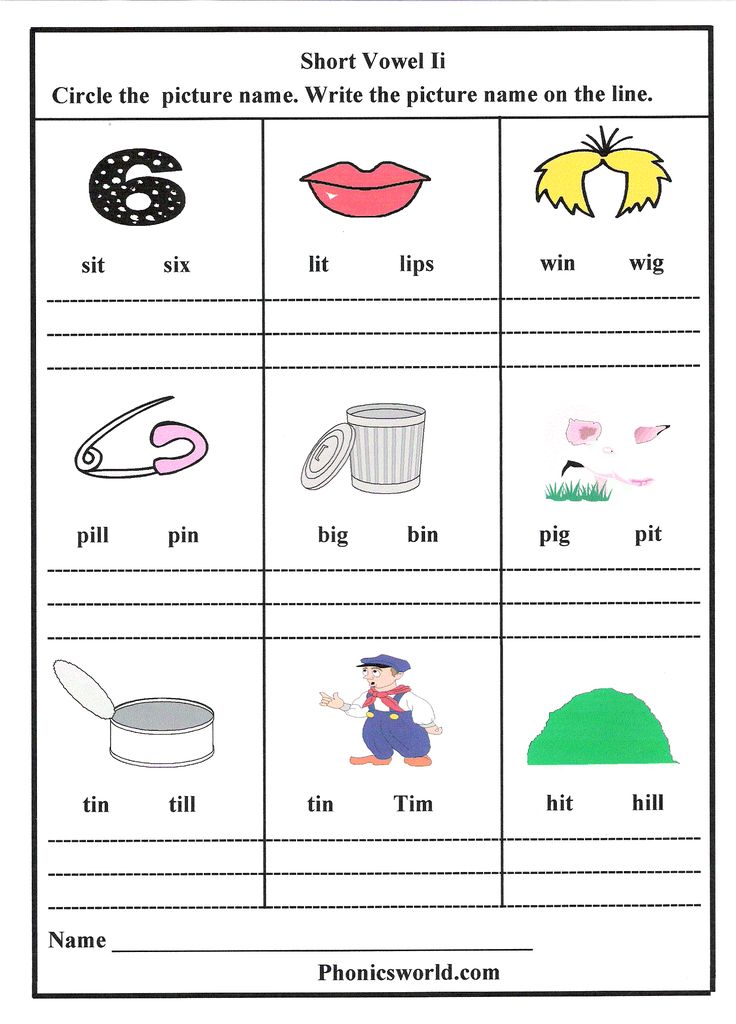
From there, they can go through the most common options first. So that would be the o_e or just o, then the vowel teams.
If it’s a one syllable word, they need to choose between o_e, a vowel team, or the less common option of just o. Figure out where the long o sound is. If it’s at the beginning, try oa. If it’s at the end, try ow.
If it’s more than one syllable, check if it’s an open o, which in that case would be spelled as just o.
If there is a base word, focus on that part of the word.
This will take some practice so try using the checklist below (it’s available in my freebies library) to go through a set of words with your students a few times, then have them do some more on their own. This is the same process they will use with other long vowel sounds so it’s a great skill for them to have.
Also, because there are multiple options expect students to get them wrong sometimes, and tell them this! It’s ok if they make mistakes as long as it’s another valid spelling option and not something that doesn’t follow any rules.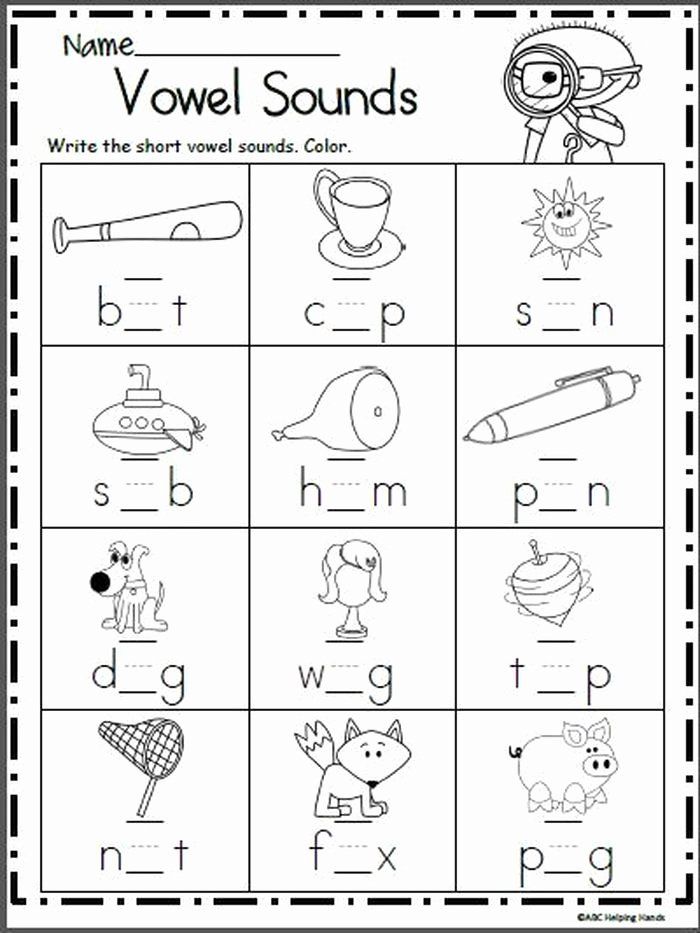 Through repeated exposure and practice they will eventually internalize the correct spelling pattern for words.
Through repeated exposure and practice they will eventually internalize the correct spelling pattern for words.
Long O Activities & Lesson Ideas
Picture cue cards – Create visual graphics of tricky words, homophones, and homographs. These picture cues really help students remember which pattern to use. I suggest you make these using flashcards and keep them in a baggie or box for reference. See an example below.
Sorting – Sorting is always a good idea when you have multiple options for spelling. You can play matching games like memory, just sort them into piles/columns, or create any game that requires sorting by spelling pattern. This builds phonemic awareness so it’s always a good activity for all students.
I include 3 different sorting activities for the long o sound in my Long O Worksheets & Activities set.
Phoneme Grapheme Mapping – This is a great activity that really isolates the phonograms for students to practice.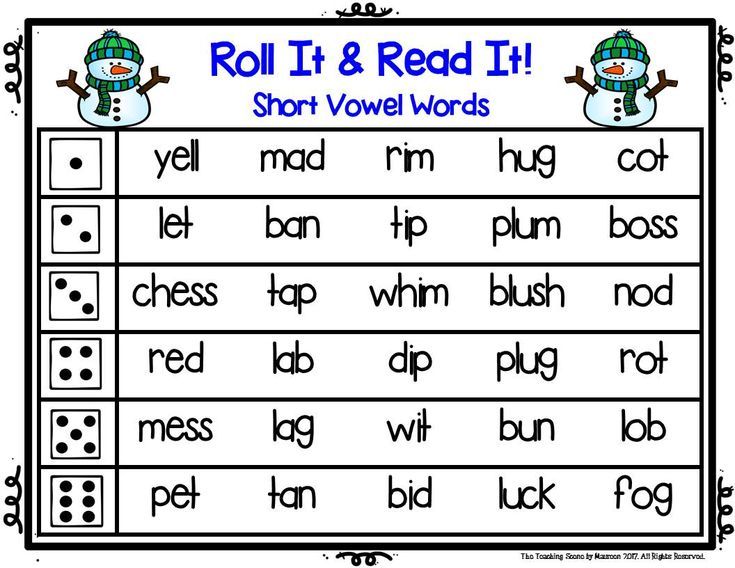 You can get the Phonics & Spelling Through Grapheme Mapping book and follow the long o lesson, or use my word list to do the same activity using sound boxes. See below for an example.
You can get the Phonics & Spelling Through Grapheme Mapping book and follow the long o lesson, or use my word list to do the same activity using sound boxes. See below for an example.
SOS – If you don’t already know what Simultaneous Oral Spelling is, then check out this post here. I love this multisensory spelling method for practicing spelling. And you can do this whole class or one-on-one making it really easy to use in any setting.
Dictation – This is another fantastic activity but I would do this after you have spent some time on long o because it is harder for students. Also when dictating words, give students a clue about the spelling such as telling them it’s a vowel team or open syllable.
Games – Of course, I always include games because it’s just so easy to add a stack of flashcards to any game and make it educational! Use an easy to play board game where students need to pick up a card on their turn and add a task like reading the word aloud and sorting it, or asking another player to spell it, or even something as simple as having them air write the word after reading it aloud.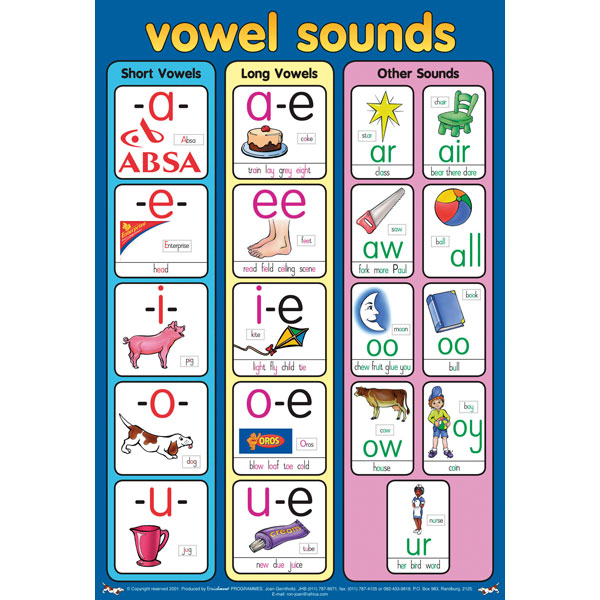 Or print off a teacher-made game from my Long O Word Work along with several other games and activities.
Or print off a teacher-made game from my Long O Word Work along with several other games and activities.
Constant Review – Remember to keep these spelling patterns in constant review after they are learned, so they are not forgotten. Using a sound wall is a great way to do this without it taking any extra time.
*I offer a free sample of these digital long o activities in my freebies library.
Want to remember this? Save How To Teach The Long O Sound to your favorite Pinterest board!
Sharing is caring!
- Share
- Tweet
Vowel sounds and letters. How many are there in Russian?
Free introductory lesson in Russian
Enroll
Correct pronunciation of words is one of the components of beautiful and literate speech. To achieve this, you will first have to study the sounds themselves.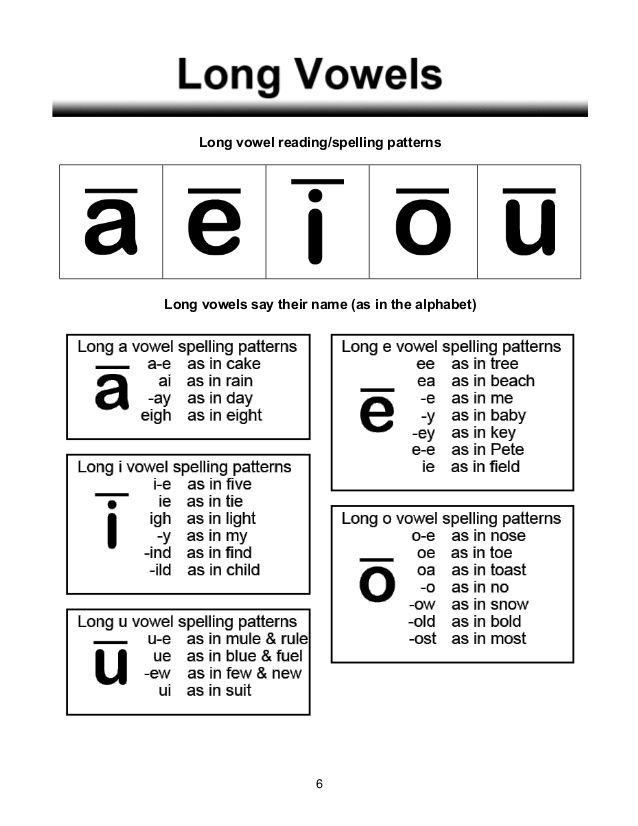 In this article, we will figure out together what vowel sounds are, how many vowels are in the alphabet of the Russian language, and what sounds they can represent.
In this article, we will figure out together what vowel sounds are, how many vowels are in the alphabet of the Russian language, and what sounds they can represent.
What are vowels and sounds
Vowel sounds are those sounds that we freely convey with our voice. Hence their name comes from: voice means "voice". When pronouncing, air exits through the mouth and does not create noise, and the position of the tongue and lips determines which vowel sound we will pronounce.
There are much fewer vowels in Russian than consonants. There are 6 of them in total: [a], [o], [i], [s], [y] and [e]. To understand whether a vowel sound is in front of you or not, try to sing it. For example:
-
a-a-a ,
-
woo
-
s-s-s .
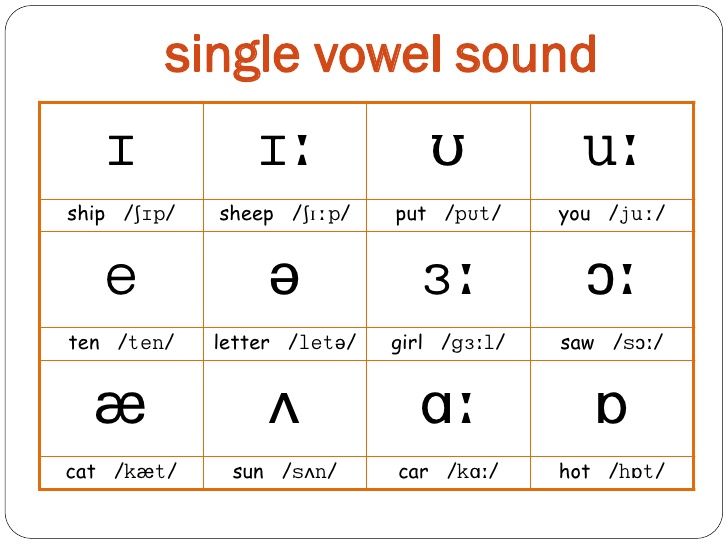
If it works, then the sound is a vowel. You can't do that with consonants.
There are more vowels than sounds - there are 10 of them: a, i, u, u, o, e, e, e, i, s . This difference is due to the fact that some of these letters can represent two sounds and are pronounced using a combination of a vowel and a consonant [y']. For example, in the word spruce the letter e two sounds are expressed - [y '] and [e]. Let's look at the table all the vowel sounds and the letters that represent them.
| Letter | Sound | Example |
|---|---|---|
| a | [a] | pharmacy |
| i | [a] [d'] + [a] | change anchor |
| y | [y] | moon |
| [y] [y'] + [y] | love skirt | |
| about | [o] [a] | horse milk |
| e | [e] [y'] + [e] [and] | victory raccoon great |
| e | [o] [d'] + [o] | rope hedgehog |
| e | [e] | evolution |
| and | [and] [s] | caviar life |
| s | [s] | choice |
Demo lesson in Russian
Take the test at the introductory lesson and find out what topics separate you from the "five" in Russian.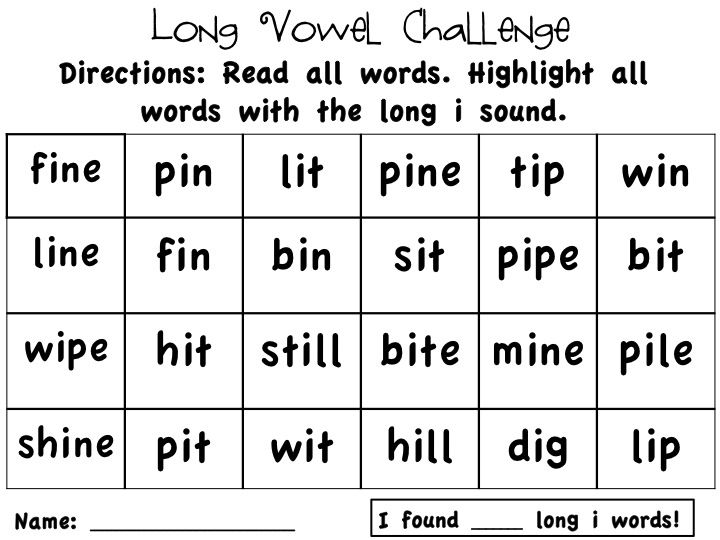
How vowel sounds are related to syllables
Vowel sounds form syllables - sound segments of words that we pronounce with one breath. One syllable can be either a vowel with one or more consonants, or a vowel alone. There is even a rule by which syllables can be counted: how many vowels in a word - so many syllables.
For example, in the word journey there are 5 vowels: [u], [i], [e], [i] and [e]. This means that it has 5 syllables: p-te-she-stv-e .
Test yourself!
Count the number of syllables in the words: try on, tanner, well-groomed, care, prefix, capital, wet, invitation, orange .
Vowel sounds and stress
Now let's see what groups vowel sounds are divided into. Sometimes their pronunciation depends on whether the stress falls on them, that is, whether we single them out with our voice. So vowel sounds are divided into stressed and unstressed.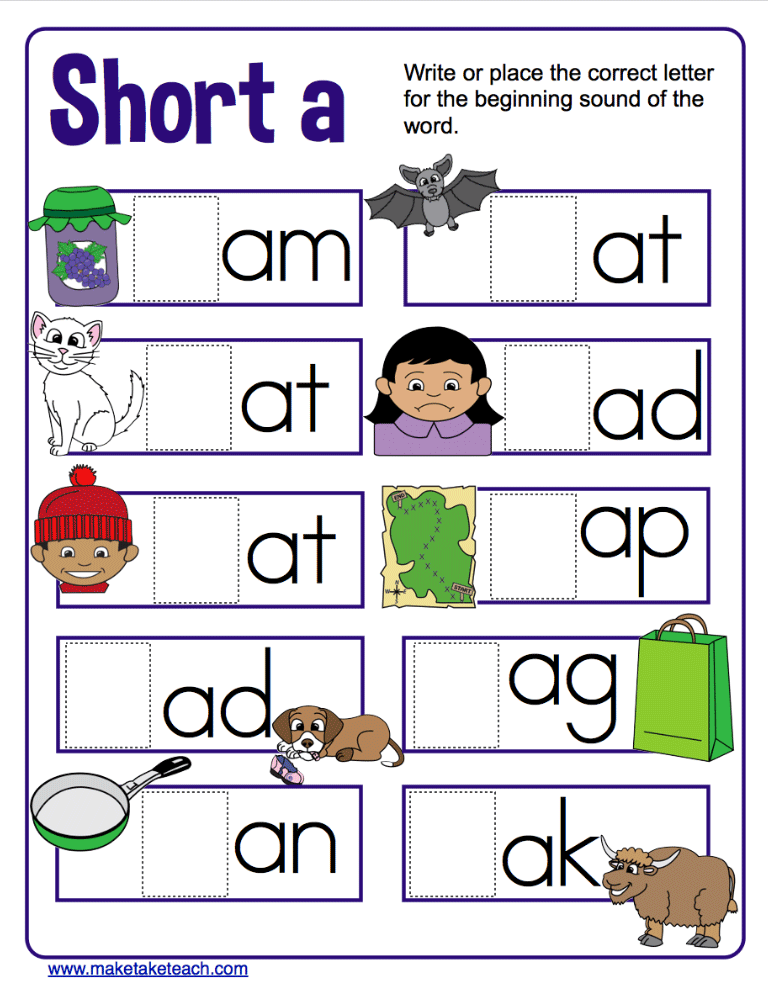 Here are some examples:
Here are some examples:
| | | |
|---|---|---|
| | | |
| | | |
| | | |
Stress in Russian can fall on any of the existing vowel sounds. However, only 4 of them can be unstressed - these are [a], [i], [y] and [s]. In this position, we pronounce sounds weaker than under stress, because of which they can change qualities and sound differently.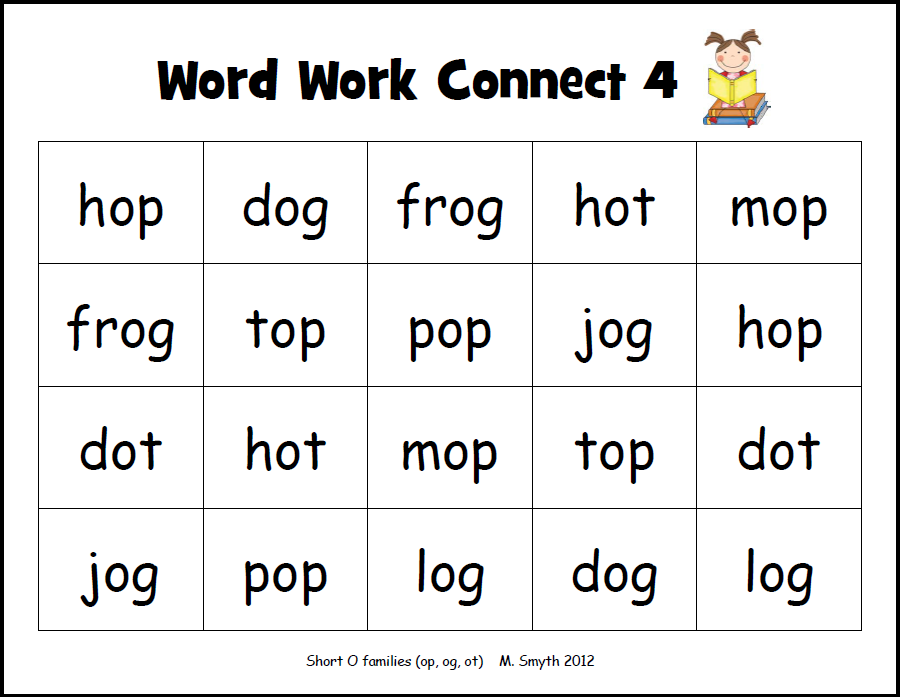
Interestingly, the vowels [o] and [e] can only be stressed. There are only a couple of exceptions to this rule: for example, in words cocoa and canoe sounds [o] and [e] in an unstressed position.
How unstressed vowels are related to consonants
How an unstressed vowel sounds depends on the consonant that precedes it. Or rather, from its hardness or softness. If it is a hard consonant, it can be followed by unstressed vowels [y], [a] and [s]. When we talk about a soft consonant, it is followed by unstressed vowels [y] and [and].
| | |
|---|---|
| | |
| | |
| | |
Test yourself
It's time to find out if you now understand well what vowel sounds are in Russian.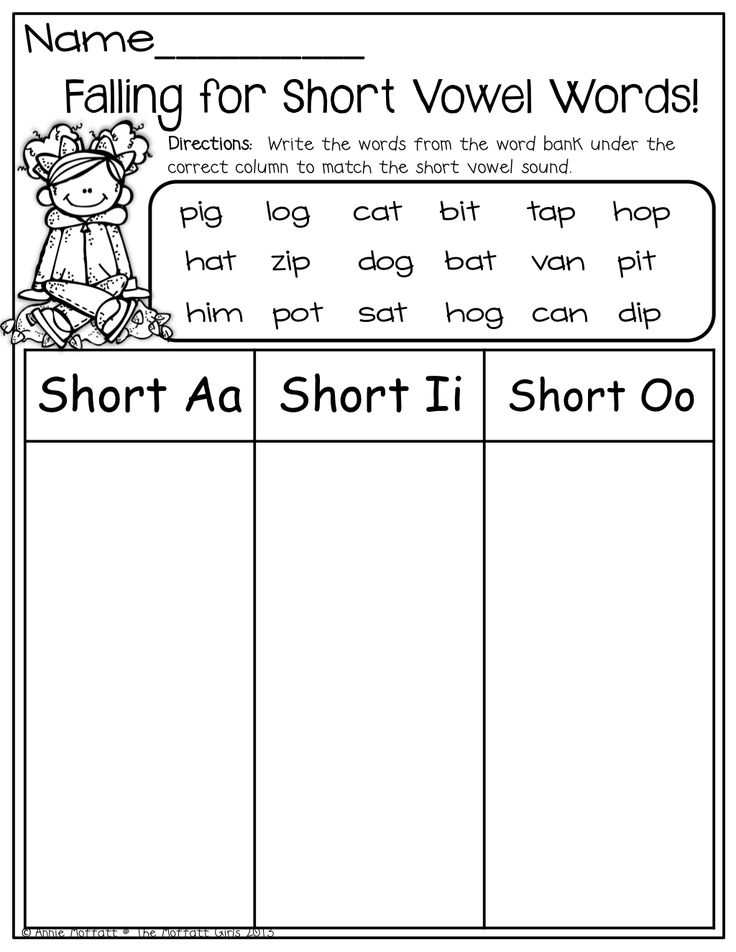 To do this, we have prepared tasks for self-examination.
To do this, we have prepared tasks for self-examination.
Task 1
List all the vowels in these words:
fair,
rejoice,
doll,
distant,
buddy,
voting,
mirror,
story,
OK,
captivate.
Task 2
Name 5 words each in which the sounds [a], [i], [y] and [s] would be stressed.
Task 3
Name 5 words in which an unstressed vowel would come after a hard consonant, and 5 more words where it would follow a soft consonant.
Task 4
Count the number of syllables in the words below (don't forget to use the rule you learned at the beginning of the article!):
-
weightless,
-
sunrise,
-
adventure,
-
painter,
-
perpetuate,
-
pleasant,
-
image,
-
category,
-
exciting,
-
melting,
-
snowflake.
The rules of phonetics help us to speak correctly, so it is important to master the topic of vowels well and avoid gaps in knowledge.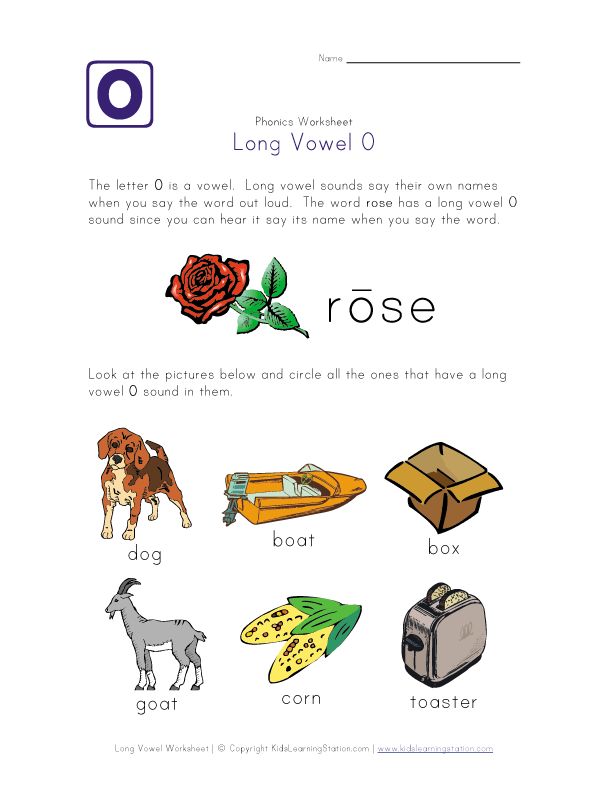 If even after reading the article you still have questions on the topic, you can figure them out in the Russian language course at Skysmart. In online lessons, the teacher will help the student work out the theory and consolidate the result on non-boring tasks. So the student will be able to improve the quality of knowledge, and fall in love with the subject.
If even after reading the article you still have questions on the topic, you can figure them out in the Russian language course at Skysmart. In online lessons, the teacher will help the student work out the theory and consolidate the result on non-boring tasks. So the student will be able to improve the quality of knowledge, and fall in love with the subject.
Russian cheat sheets for parents
All the rules for the Russian language at hand
Vowels and vowel sounds of the Russian language - diagram, table
In Russian there are 10 vowels, 6 vowels. e, e, o, u, s, e, u, i. Vowel sounds: [a], [o], [y], [e], [i], [s]. In the school curriculum, vowel sounds are indicated in the diagrams in red. In elementary grades, they explain: vowels are called so because they “voice”, they are pronounced “voiced”, while consonants got such a name because they “agree” with vowels.
Scheme 1. Vowels and vowel sounds of the Russian language.Stressed and unstressed vowels
There are vowel sounds:
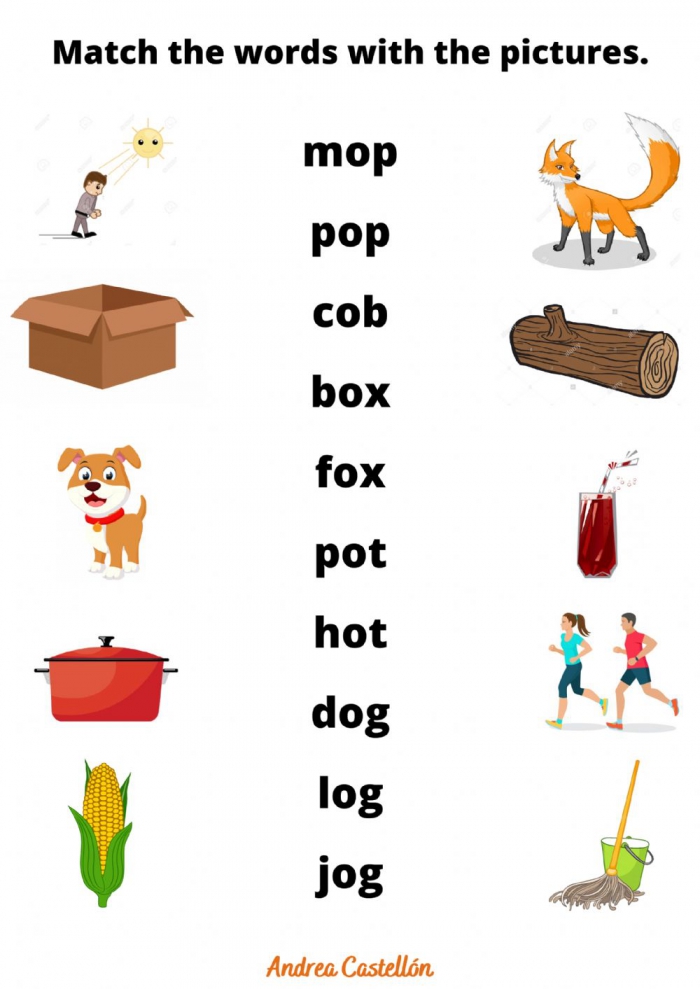
It is correct to say "stressed syllable" and "unstressed syllable". Instead of "stress falls on a vowel" say "stress falls on a syllable with a vowel." However, in the literature there are formulations "stressed vowel" and "unstressed vowel".
Stressed vowels are in a strong position, they are pronounced with more force and intonation. Unstressed vowels are in a weak position, they are pronounced with less force and may be subject to change.
Note. The designation of the letter e in a weak position differs in different school programs. Above we showed the sound [and], in other school programs the designation [e] is found, in the institute program - [e and ] (e with an overtone and).
Scheme 2. Division of vowels into stressed and unstressed. In Russian there are compound words with primary and secondary stress. In them, with a strong intonation, we highlight the main stress, with a weak intonation - a secondary one. For example, in the word foam blocks, the main stress falls on the syllable with the letter o, the secondary stress on the syllable with the letter e.